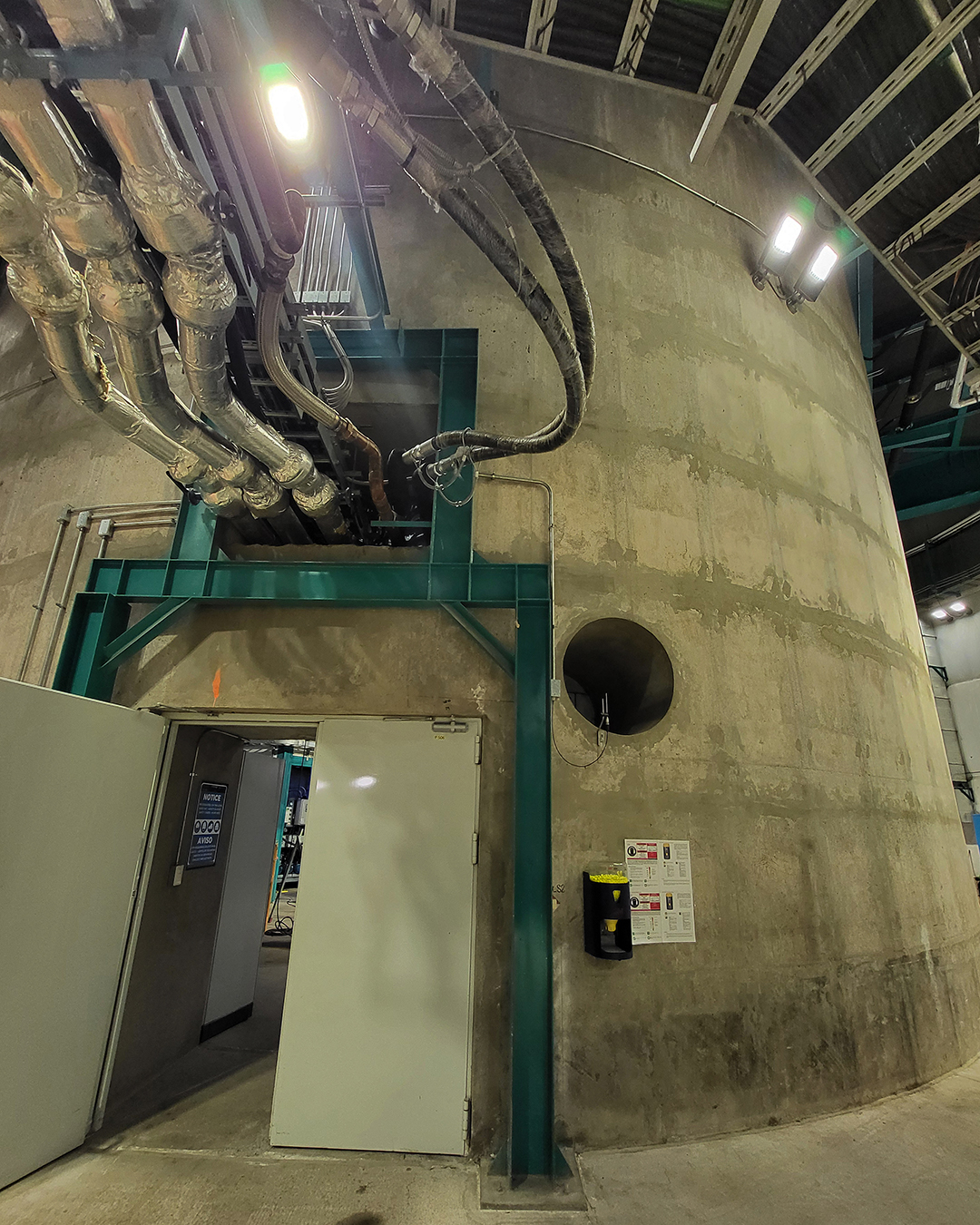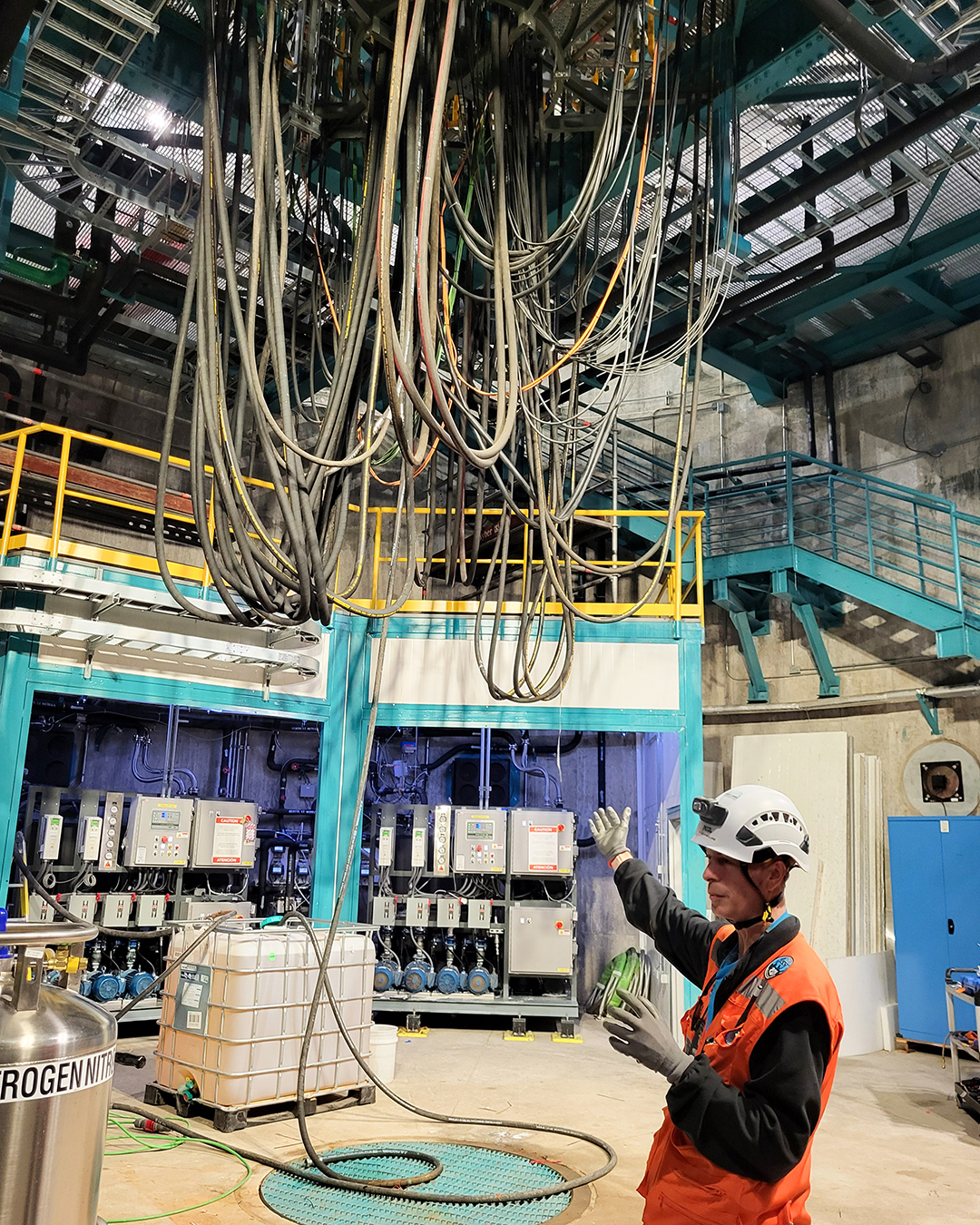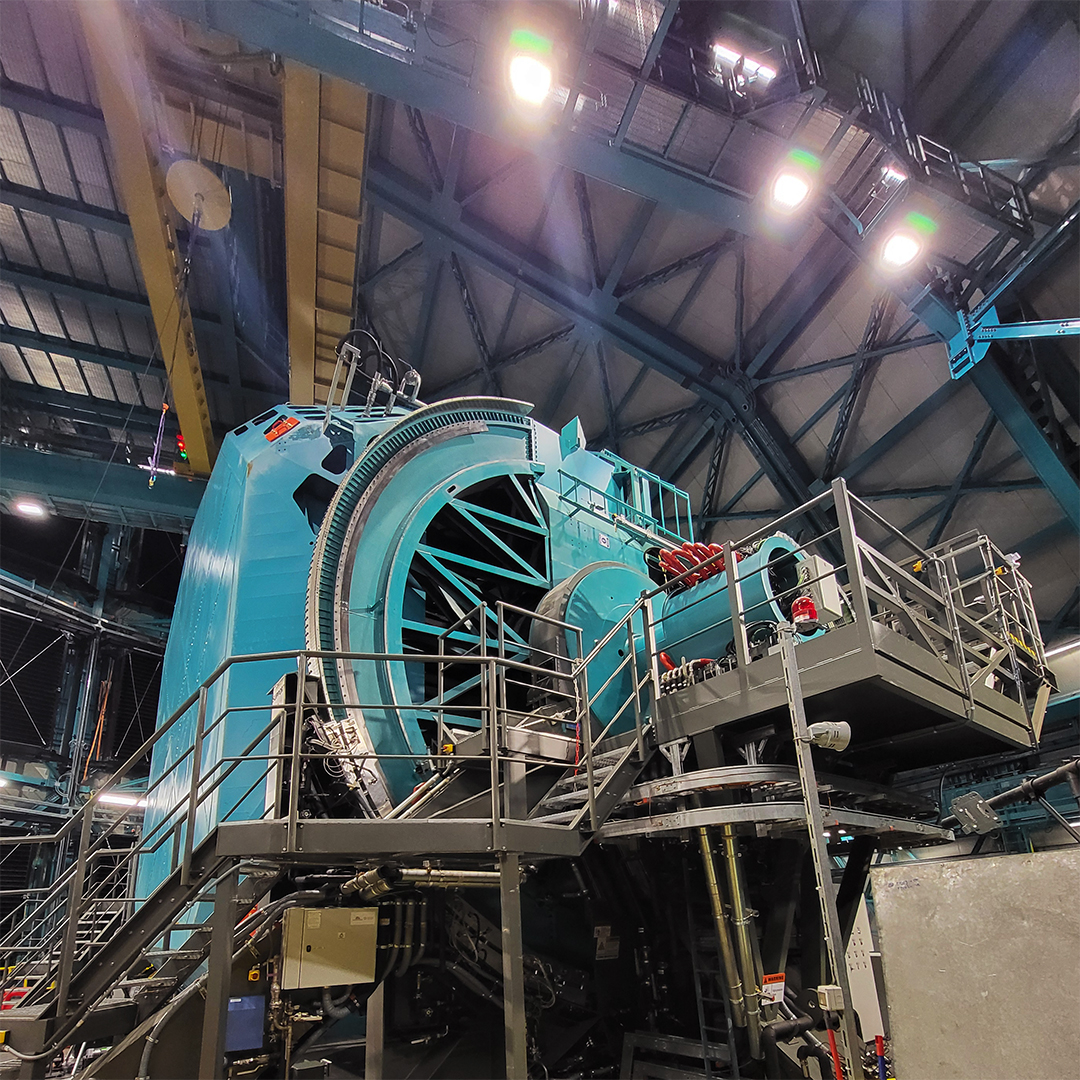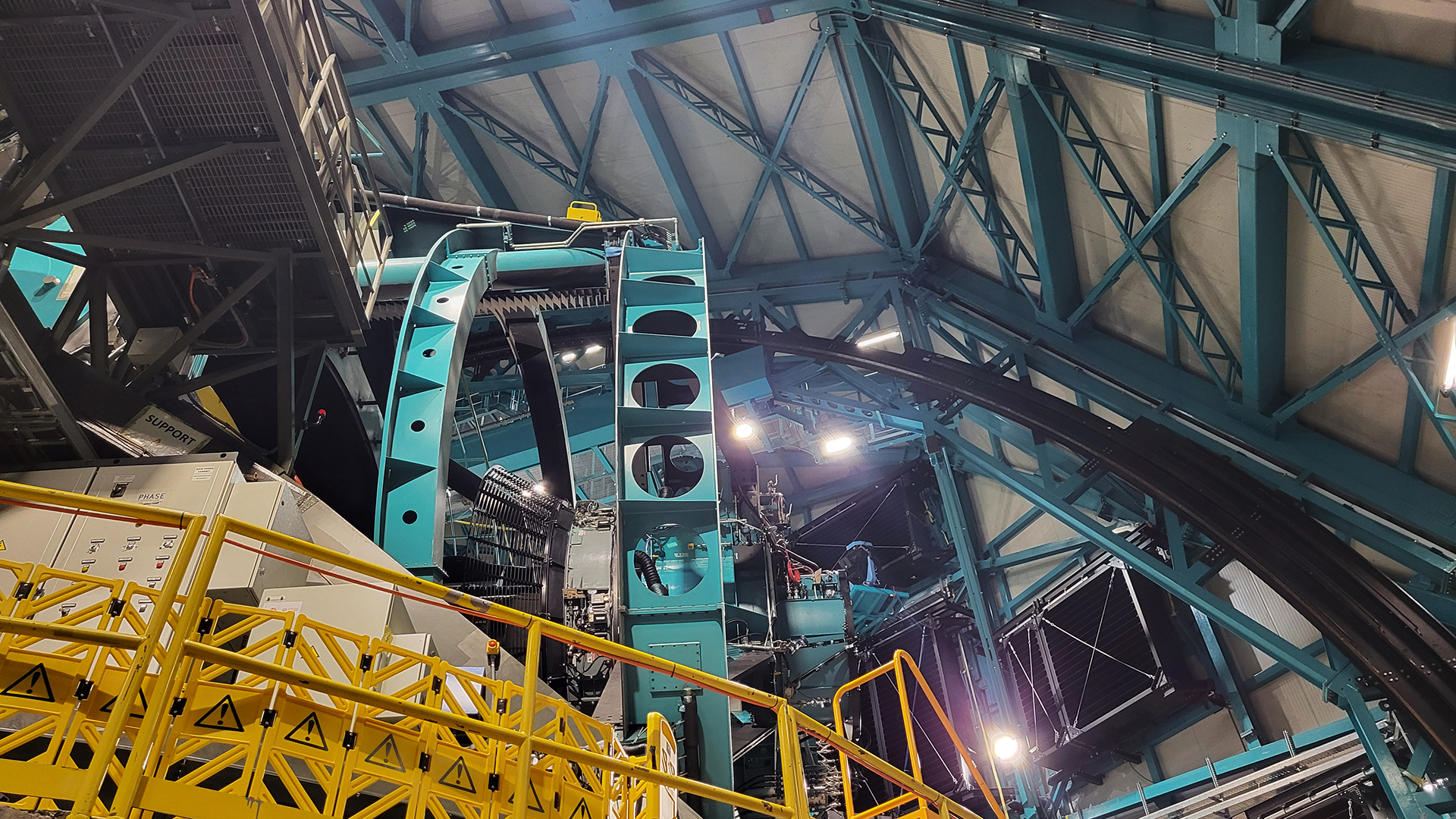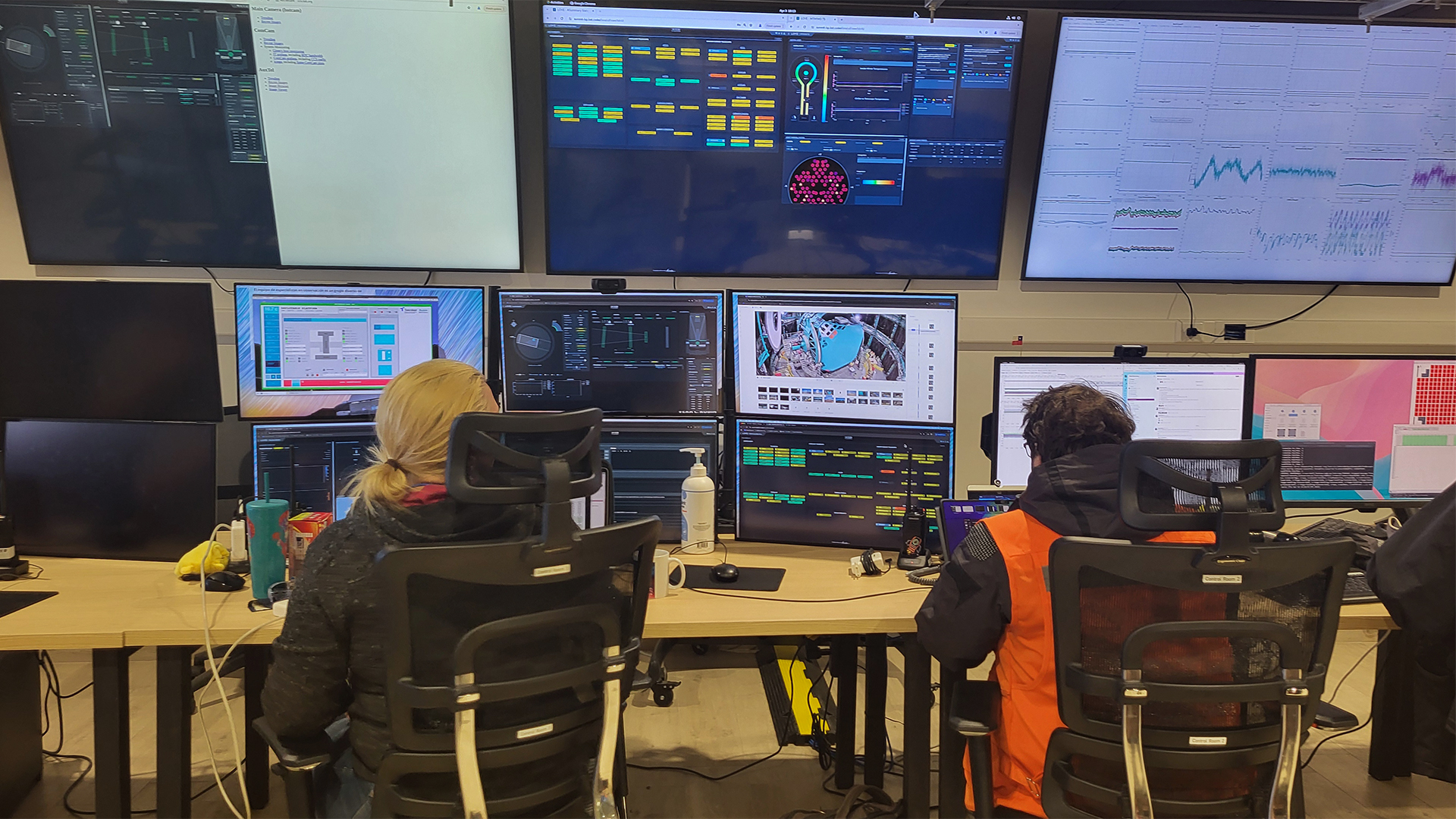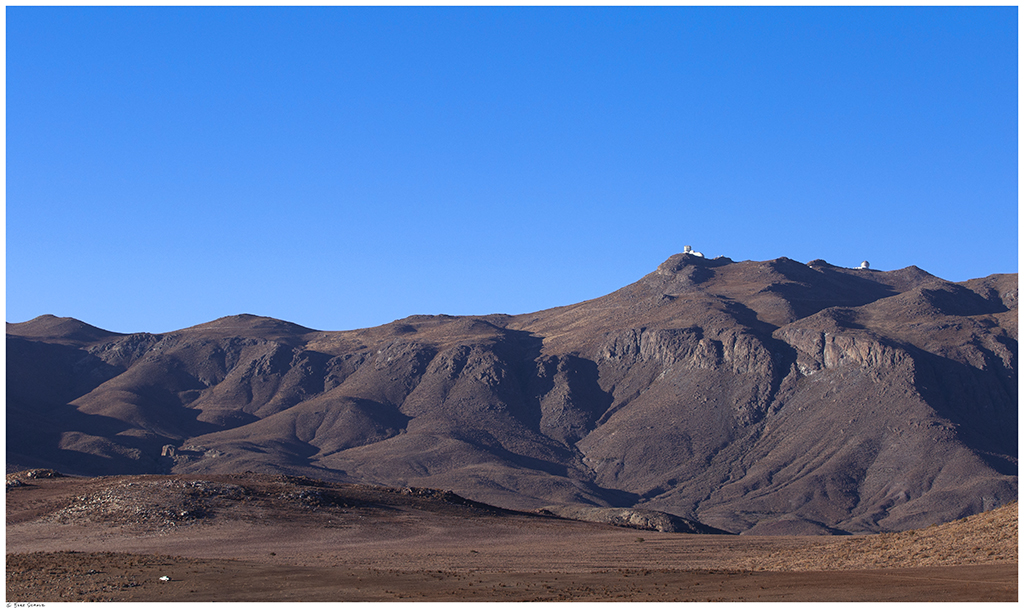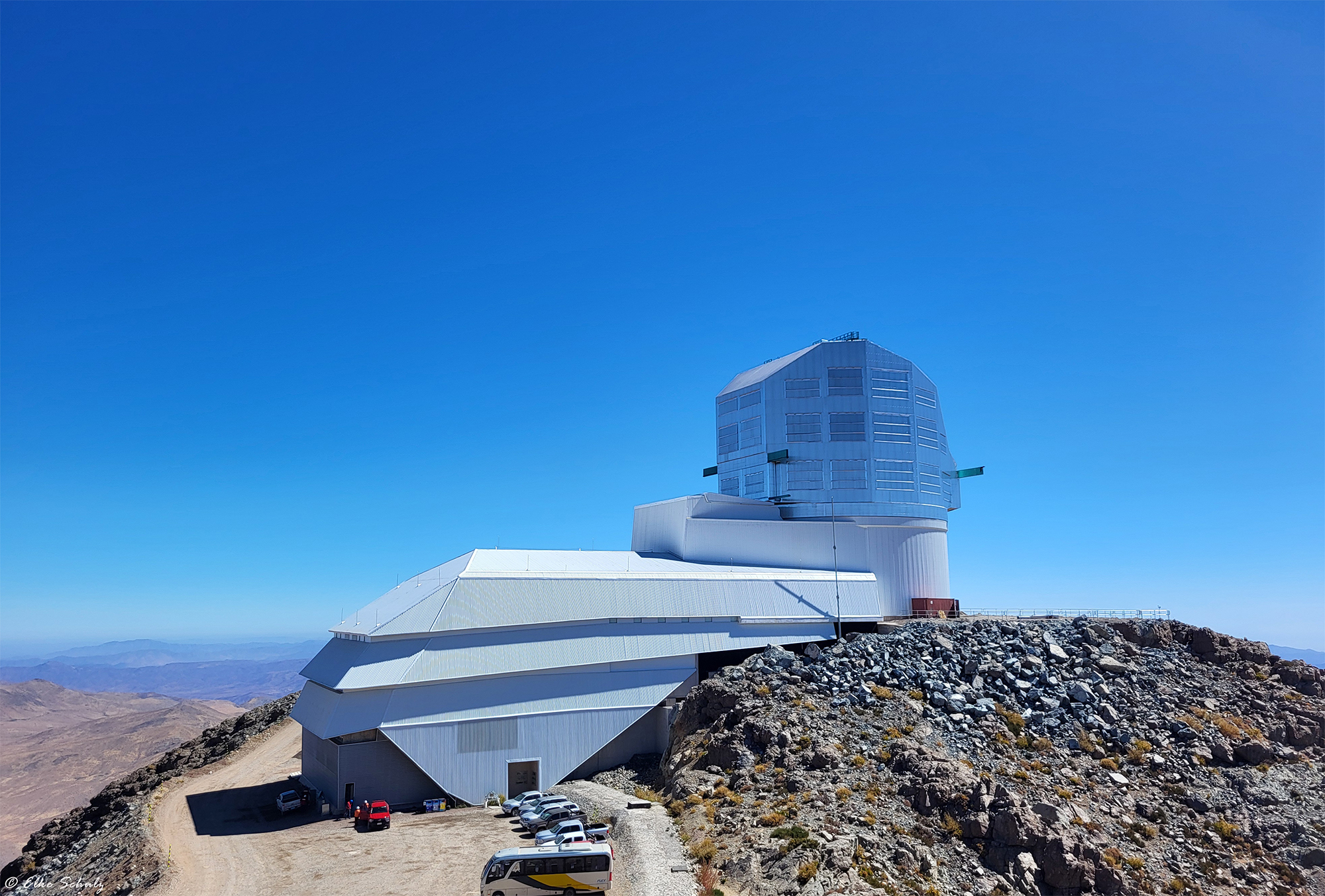
Visit of the Vera C. Rubin Observatory
I recently had the great pleasure of visiting the Vera C. Rubin Observatory on Cerro Pachón in Chile. This observatory is a very ambitious 10-year survey project that aims to create the deepest and widest image of the universe. Using a fast-moving telescope and a wide field of view, Rubin will scan the entire Southern Hemisphere over three nights. Each night, around 1000 images will be generated, which corresponds to 20 terabytes of data.
The observatory is named after Dr. Vera C. Rubin, an American astronomer who pioneered research into the rotation rates of galaxies, suggesting the existence of dark matter.
Rubin Observatory was specifically designed to help answer questions in four main science areas:
- Understanding the nature of dark matter and dark energy
- Creating an inventory of the Solar System
- Mapping the Milky Way
- Exploring objects that change position or brightness over time
Many details about the telescope like its size, speed, and camera sensitivity were developed to maximize scientific discovery in these four science areas.
Here are some of the highlights of the Rubin Observatory:
- It has the largest and most sensitive digital camera in the world (size of an SUV, 3200 megapixels, weight around 2800 kg).
- It has a unique three-mirror design where 2 mirrors are combined in a single 8.4 m surface.
- It is the fastest moving mount for a telescope of this size (it takes only 5 seconds to move to the next position and be ready for the next image).
- It has a huge field of view combined with high light-gathering power (with each image, Rubin will cover an area of sky about 10 square degrees in size, or about the area of 45 full moons).
- Each night, the Rubin Observatory will produce 20 terabytes of data and generate up to 10 million reports of changes in the night sky for the global public. Rubin will also process new images every night in near real time and publish worldwide alerts within 60 seconds about objects that have moved or changed.
The camera was installed in mid-March and now everything is ready for the first photon (i.e. the first recorded image of the night sky).
Wishing the folks at the summit all the best for First Photon, First Light and beyond!
Viewpoint on the way to the summit
Base of the 19-meter pier
The elaborate cable management
Telescope mount assembly (TMA), the structure that houses the combined primary-tertiary mirror (8.4 meters)
The secondary mirror (3.5 meter) with the attached camera (parts of which are visible to the left and right)
The control room





